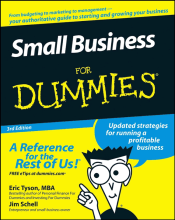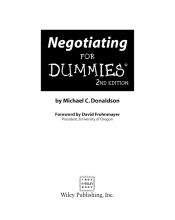Theories of Counseling and the Helping Relationship - Review Questions
6 important questions on Theories of Counseling and the Helping Relationship - Review Questions
According to the Premack principle, an efficient reinforcer is what the client himself or herself likes to do. Thus, in this procedure
a.a lower-probability behavior is reinforced by a higher-probability behavior.
b.a higher-probability behavior is reinforced by a lower probability behavior.
c.a and b are paradoxically both effective.
d.none of the above.
For test purposes know the acronyms LPB (low-probability behavior) and HPB (high-probability behavior). The principle asserts that any HPB can be used as a reinforcer for any LPB.
The most difficult intermittent schedule to extinguish is the
a.fixed ratio, for example giving a child an M&M for each five math problems she completes.
b.fixed interval, which describes the way most agency counselors are paid (e.g., one time per month, although the amount of work may vary from month to month).
c.variable interval.
d.variable ratio.
The memory device I use is VR, which reminds me of the vocational rehabilitation agency. I remember that this agency is better than an agency going by FI (fixed interval), etc. Perhaps you can think of a memory device based on something personal in your life. Just for the record, choice “b,” fixed interval or FI, is the most ineffective of the bunch.
A teenager in a residential facility has earned enough tokens to buy his favorite brand of candy bar. The candy bar is
a.a negative reinforcer.
b.a back-up reinforcer.
c.an average stimulus.
d.a conditioned reinforcer.
A backup reinforcer is the best answer here since by definition a backup reinforcer is an item or an activity which can be purchased using tokens. A strict behaviorist would assert that choice “d” is incorrect because backup reinforcers are often unconditioned.
- Higher grades + faster learning
- Never study anything twice
- 100% sure, 100% understanding
A counselor utilizes role-playing combined with a hierarchy of situations in which the client is ordinarily nonassertive. Assertiveness trainers refer to this as
a.conscious rehearsal.
b.behavioral rehearsal.
c.fixed role therapy.
d.a and b.
The counselor in this case might also switch roles and model assertive behavior for the client. Choice “c,” fixed role therapy, refers to the treatment model created by psychologist George A. Kelly. In this approach the client is given a sketch of a person or a fixed role. He or she is instructed to read the script at least three times a day and to act, think, and verbalize like the person in the script. Kelly’s approach is quite systematic and has been called the “psychology of personal constructs” after his work of the same name.
Eric Berne created transactional analysis (TA). The model was popularized via his books Games People Play and What Do You Say After You Say Hello? TA therapists are most likely to incorporate ________ in the treatment process.
a.Meichenbaum’s self-instructional therapy
b.reality therapy
c.gestalt therapy
d.vegotherapy
Choice “c,” the correct answer, may seem to make about as much sense as trying to mix water and oil since TA, from a pure standpoint of classification, is a cognitive approach, while gestalt is experiential. The well-known counselor educator Gerald Corey suggested that this marriage made in therapeutic heaven was actually positive inasmuch as gestalt therapy emphasized the affective exploration that was missing from TA, which was too intellectual. In other words, one emphasized what was missing in the other.
Allen E. Ivey has postulated three types of empathy—
a.positive, negative regard, and cognitive.
b.reflective, micro-empathy, and forced choice.
c.basic, subtractive, and additive.
d.micro-empathy, basic, and level 8 empathy.
In basic empathy the counselor’s response is on the same level as the client’s. In the case of subtractive empathy, the counselor’s behavior does not completely convey an understanding of what has been communicated. Additive empathy is most desirable since it adds to the client’s understanding and awareness.
The question on the page originate from the summary of the following study material:
- A unique study and practice tool
- Never study anything twice again
- Get the grades you hope for
- 100% sure, 100% understanding































